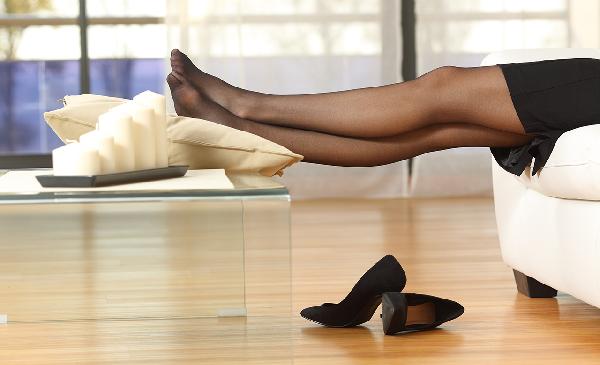Pull-ups are the ultimate fitness flex—the kind of move that makes people stop and stare at the gym. But let’s be real: they’re also one of the most humbling exercises out there. You might crush deadlifts or sprint like a cheetah, but the second you grab that bar, it’s a whole different ball game. The good news? With the right approach, anyone can build up to this badge-of-honor movement. Whether you’re starting from zero or just polishing your form, here’s everything you need to conquer the pull-up.
The Anatomy of a Pull-Up
Pull-ups are a full upper-body symphony—your lats, biceps, traps, and forearms all have to work in perfect harmony. But the real MVP? Your lats. These massive muscles stretch from your armpits down to your lower back, acting as the engine that drives the movement. Meanwhile, your biceps help bend your elbows, your traps stabilize your shoulders, and your forearms keep you locked onto the bar like a vice grip. Even your core gets in on the action, firing up to keep your body from swinging like a pendulum. It’s no wonder pull-ups feel so tough—they demand strength, coordination, and serious grit.
Why Pull-Ups Are Worth the Struggle
Beyond the bragging rights, pull-ups deliver serious functional benefits. For starters, they’re a secret weapon against slouching. If your posture has taken a hit from hours hunched over a laptop, pull-ups strengthen the muscles that pull your shoulders back, helping you stand taller and easing strain on your lower back. They also make everyday tasks—like hauling groceries or lifting a suitcase—feel effortless by building real-world strength. And let’s not overlook the mental win: there’s nothing quite like the rush of defying gravity and hoisting your entire body weight up to the bar. It’s a confidence booster that spills over into every other part of your fitness journey.
Breaking Down the Perfect Pull-Up
Nailing your first pull-up starts with mastering the setup. Grip the bar slightly wider than shoulder-width, palms facing away, and engage your core like you’re bracing for a punch. Hang with straight arms, then initiate the pull by driving your elbows down toward your hips—think of it as trying to elbow someone behind you. Your shoulder blades should pull down first, followed by your arms bending to bring your chest to the bar. Avoid the temptation to kip (swing your legs for momentum) or crane your neck; slow, controlled reps are key. At the top, pause for a second before lowering back down with control. If you’re struggling to get your chin over the bar, don’t sweat it—partial reps and negatives (jumping up and lowering slowly) are golden for building strength.
Common Pitfalls (and How to Fix Them)
One major mistake? Relying too much on your biceps. Pull-ups aren’t just an arm exercise—they’re a back-dominant movement. If your biceps are burning out before your lats even wake up, focus on initiating the pull with your shoulder blades. Another slip-up is flaring your elbows out like chicken wings, which strains your shoulders. Keep them tucked at a 45-degree angle to protect your joints. And if you’re not using a full range of motion—hanging with straight arms at the bottom and pulling all the way up—you’re cheating yourself out of gains. Drop all the way down between reps to maximize muscle engagement.
Scaling the Movement for Your Level
If strict pull-ups feel impossible right now, there’s no shame in scaling. Band-assisted pull-ups are a popular option, but beware: they can become a crutch if you’re not careful. Instead, try eccentric pull-ups (jump up and lower slowly) or inverted rows (lying under a bar and pulling your chest up). For grip strength, dead hangs are a game-changer—just hanging from the bar for time builds endurance. And don’t neglect accessory work: lat pull-downs, bent-over rows, and core exercises like hollow holds will prep your body for the real deal. The goal isn’t to rush into a full pull-up; it’s to build the strength to own it when you get there.
Programming for Progress
Pull-ups respond best to consistency. Aim to practice 2–3 times a week, prioritizing them early in your workout when you’re fresh. Start with 3 sets of whatever variation you can do with good form—whether that’s band-assisted, negatives, or partial reps. Track your progress by testing your max reps every few weeks, and celebrate small wins (like holding the top position longer or needing less band assistance). And remember: progress isn’t linear. Some weeks you’ll feel unstoppable; others, the bar might humble you. That’s all part of the journey.
At the end of the day, pull-ups are as much about mindset as they are about muscle. Every rep is proof that you’re stronger than you think—and that’s a victory worth chasing. So keep showing up, keep pulling, and trust the process. That first unassisted pull-up? It’s closer than you think.
























